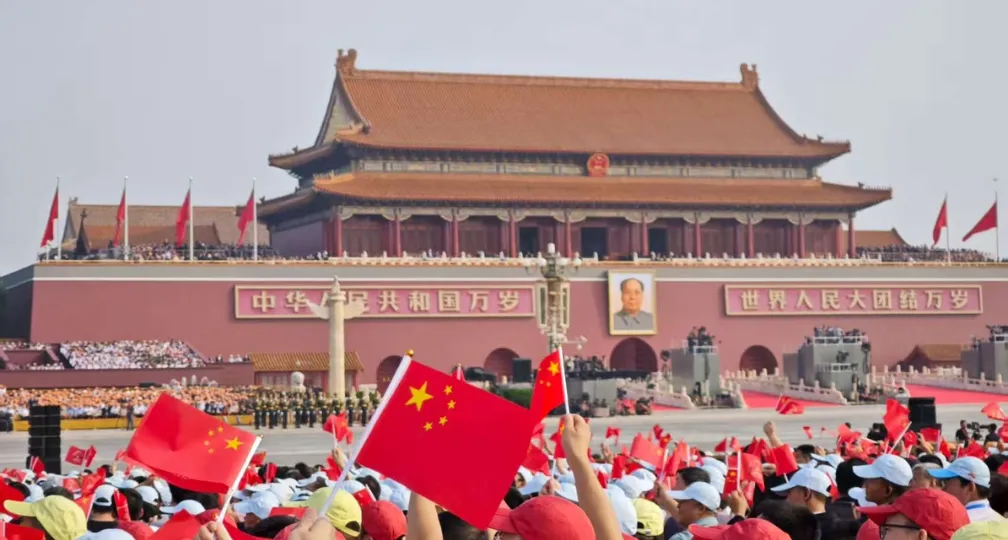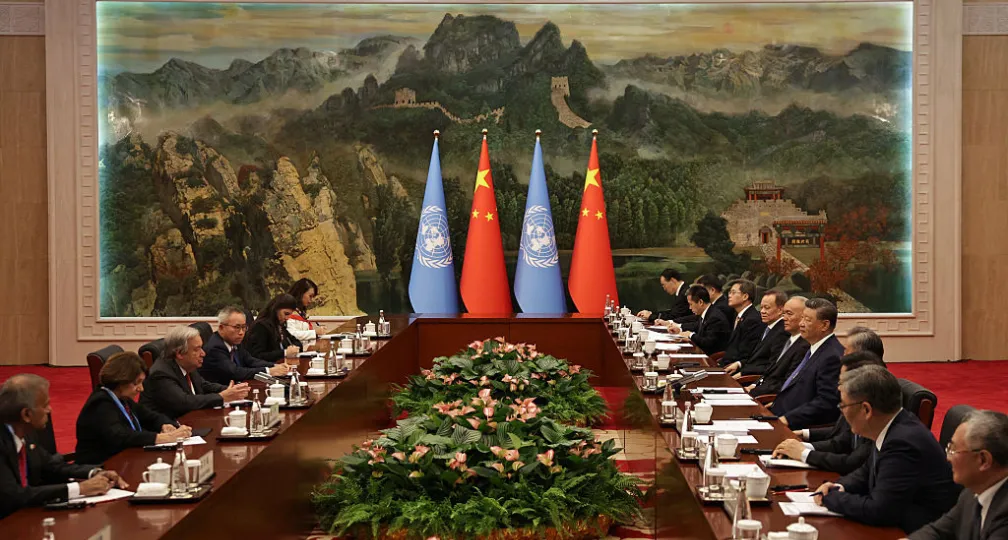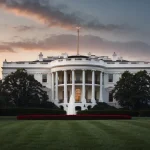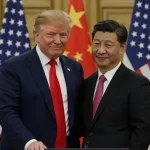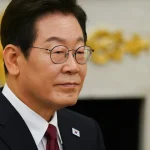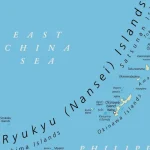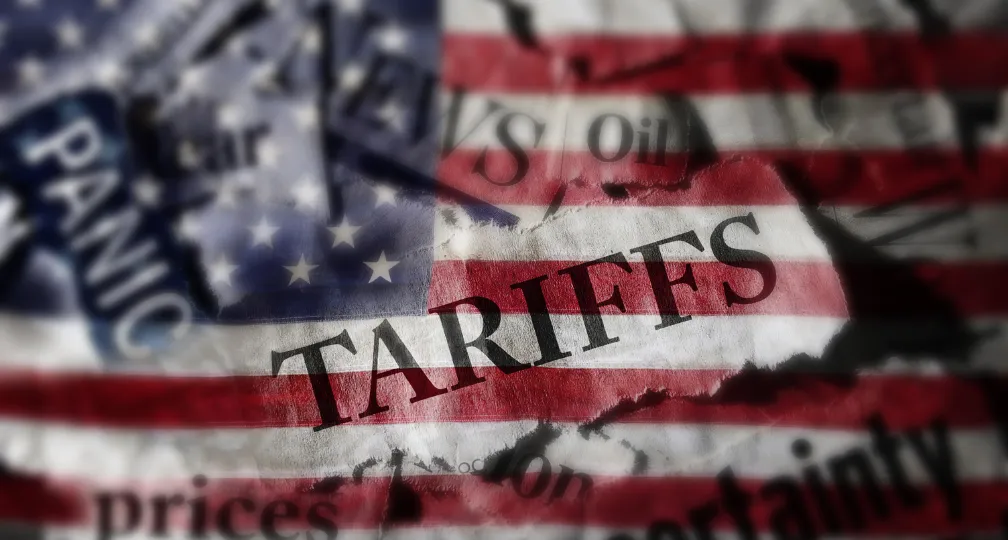India’s Strategic Autonomy in a Trumpian World
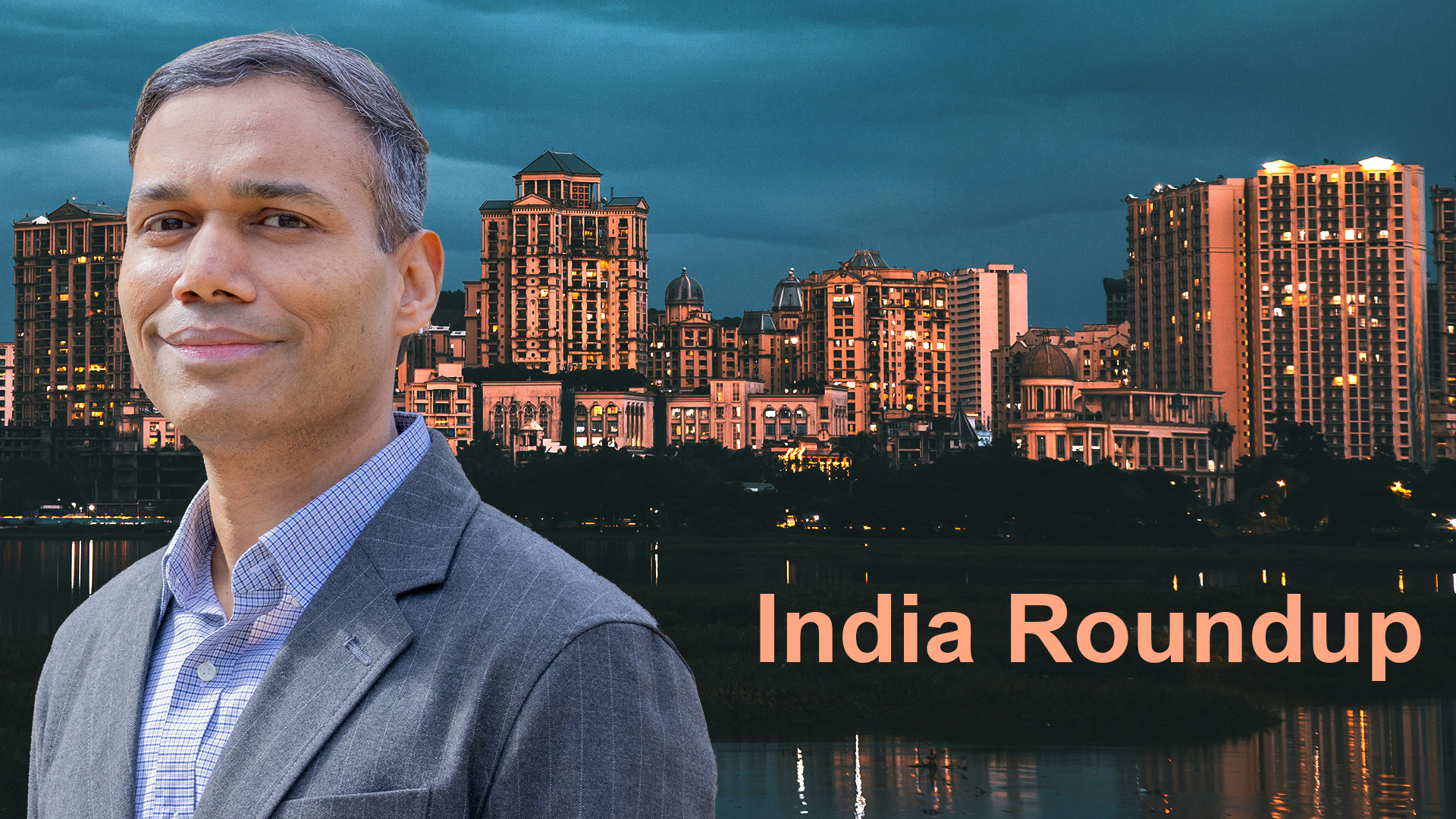
In a bombshell revelation, India’s top defense official has suggested that China and Turkey have provided active military support, involving hardware, surveillance and personnel, to Pakistan during Operation Sindoor (Last month’s armed conflict between the two South Asian neighbors). In the past, Indian military has never explained the strategic contours of a recent kinetic action. The general also emphasized that a large part of the hardware used by India, during the conflict, was homegrown.
In recent years, India has shown a greater urgency in upgrading the defense capabilities.
As the second largest arms importer in the world, after Ukraine, India is trying to reduce its reliance on the imported technology. Initially the goal was to create a self-reliant defense manufacturing base under Make-In-India project, using public private partnerships. The budget has gone up dramatically. A number of domestic conglomerates (Tata, Reliance, Adani, Bharat Forge) have entered the fray.
Now, brushing aside the long held sensitivities in Indian polity against defense exports, the Indian government has announced a keen interest in the $2.7 trillion global defense market. India has increased the number of defense attaché in friendly overseas missions to tap into the market for reliable battle-tested military hardware. The government is using arms exports as a strategic tool to enhance diplomatic influence, strengthen regional partnerships with the like-minded countries and assert itself as a regional power.
India’s sale of BrahMos supersonic missiles and Akash air-defense missiles to the Philippines and ongoing discussions with Indonesia, Vietnam and Malaysia are a part of India’s Look East Policy to counter China. India is also selling weapons to Armenia that is in a multi-front conflict with Azerbaijan and Turkey.
Recently, Argentina has also shown interest in acquiring Indian missile and Light Combat Aircraft (LCA) platforms.
Considering the increase of Chinese naval activities in the Indian Ocean, India has prioritized shipbuilding, and fighter jets procurement in the interim, and self-reliant manufacturing in the medium term.
India is building two nuclear powered attack submarines based on indigenous technology. Its largest shipbuilding company Cochin Shipyard has signed an MoU with the world’s largest shipbuilder, South Korea’s HD Hyundai for joint shipbuilding orders. HD Hyundai has also been tapped by US for onshore shipbuilding capabilities.
Amid the unconfirmed reports of the unveiling of China’s Sixth generation fighter jet, India is trying to increase the vector of the air defense by adding at least 10 squadrons of fifth generation fighter jets. Despite a long running project India has struggled to produce a reliable jet engine for indigenous LCA Tejas. As India aggressively develops an Advanced Medium Combat Aircraft (AMCA), to fill the current gaps, the search for a high spec fighter jet is on.
India’s foreign minister, while in the United States to attend a QUAD meeting, has visited Pentagon. In the meeting, US Secretary of Defense has reiterated an offer to sell F35 jets, produced by Lockheed Martin.
Russia, too, has offered to co-produce its latest 5th generation SU57 Sukhoi jets in India, along with the complete transfer of technology and source codes. Traditionally India has been one of the biggest buyers of Russian military hardware. Russia has also offered the unconditional technical support for India’s domestic fighter jet program.
In normal times the choice would have been straight forward, but in a Trumpian world based on the show of deference and loyalty, maintaining strategic autonomy would be tricky. The trade with Russia would render future collaboration with western defense companies difficult. US and UK have shown interest, in the recent past, in building jet engines in India (Rolls-Royce, GE, Pratt and Whitney), eyeing the size of the domestic market for civil and defense aviation.
Russia clearly wants a lucrative deal saving its defense industry that is under siege, locking in a long term collaboration with a trusted partner with an emerging geoeconomic-power tag, while also getting access to the world class software and chip design talent in India. Russian government is often effusive in its praise of Indian leadership for maintaining strategic autonomy. But that autonomy now entails an economic cost.
In a related development, a UK royal navy’s fighter Jet F35B made an emergency landing in Trivendrum airport in south India. Initially, the landing was attributed to the hydraulic failures. But the successive attempts by the UK and Lockheed Martin engineers to fix the plane have failed. The jet has remained at the airport for more than three weeks, generating negative buzz on social media and a PR fiasco for purportedly the most advanced jet, and ostensibly giving India an excuse to avoid the purchase of an expensive hardware that would come with restrictive conditionalities.
BRICS Summit in Rio
Indian Prime Minister Narendra Modi attended the BRICS summit in Rio De Janeiro, Brazil. The trip is a part of a five nation tour involving Ghana, Trinidad and Tobago, Argentina and Namibia. At the sidelines of the Rio summit, he also held bilateral meetings with the leaders of BRICS partner countries – Bolivia, Uruguay, Cuba and Malaysia. In a first, China was represented by Premier Li Qiang amid the wild speculations surrounding the change of guard in Beijing.
The joint declaration included a condemnation of the cross-border terror attacks, including those in India. The communique also included strong support for India and Brazil’s permanent membership at the UN security council. It also raised concerns about tariff uncertainty.
Incensed by the mention of the tariff in the BRICS declaration, Trump warned of an additional 10% tariff on “anti-American” BRICS and the aligned countries. Markets were unchanged, showing systemic discounting of Trump’s Truth Social pronouncements.
Trump is expected to visit India for the upcoming QUAD summit in New Delhi.
The 2025 illustrates the predicament facing Indian government in the form of the back to back summits of BRICS and QUAD, balancing conflicting priorities of emerging South and West.
US-India Mini Trade Deal
India continues the balancing act with the US, learning to ignore the often prickly and inflated social media rhetoric, while keeping its focus on self-interest. At the time of writing this report, the two sides are engaged in an intense last minute negotiation. Both sides have suggested the imminent announcement of the interim deal.
India has come to terms with the realization that the 10% baseline tariff is non-negotiable for the US. US is insisting it to be a retrospective levy that will undo the harm ‘perpetrated` by the trading partners. For India, any deal that keeps tariff at or around 10% will be considered a win, as it would still bring in FDI considering much higher import duties on China and Vietnam.
The leaks reveal, US is diluting it’s demand for the absolute access to India’s agri and dairy sectors. India wants US to remove all the reciprocal tariffs, provide access for labor intensive sectors (footwear, garments and leather), and firm assurances of no future tariff once the deal is clinched.
Agriculture and ancillary sectors contribute merely 16 per cent to India’s $3.9 trillion economy but sustain nearly half of the country’s 1.4 billion population. The prospect of cheaper imports from the United States, threatening to drive down local prices and livelihood of millions, is bound to create a political storm against the government.
In Other Updates
JETRO organized an event to promote Japan-India cooperation on supply chains for minerals, bringing together 70 companies from both countries.
Foxconn has asked Chinese workers to leave India and go home, throwing spanners into India’s ambition to take advantage of the supply chain realignment.
India’s manufacturing PMI registered a 14 month high, suggesting firming up of market sentiments backed by positive trends in output and employment.
Prime Minister Modi celebrated the 90th birthday of Dalai Lama on social media, and sent a cabinet minister to attend the ceremony in Dharmshala, north India, where Tibetan leader resides. This marks a subtle and uncharacteristic power play by India. China has reacted sharply along the expected lines.
The Last Word
Ash Tellis writes in Foreign Affairs about India’s Great-Power Delusions . The piece, while dismissing India’s economic future, lacks a substantive analytical framework, drawing on dated and extremely simplistic bivariate assumptions about GDP and socio-democratic back-sliding. The Indo-China comparison is superficial and ignores the complicated interaction of variables that truly shape the geoeconomies of the two countries.
Disclaimer: This report is based on information available as of July 10, 2025, and represents an analysis of geoeconomic trends. It is intended for informational purposes only and should not be construed as business advice. The views expressed in this India Roundup do not necessarily reflect those of the API, the Institute of Geoeconomics (IOG) or any other organizations to which the author belongs.
API/IOG English Newsletter
Edited by Paul Nadeau, the newsletter will monthly keep up to date on geoeconomic agenda, IOG Intelligencce report, geoeconomics briefings, IOG geoeconomic insights, India Roundoup, new publications, events, research activities, media coverage, and more.
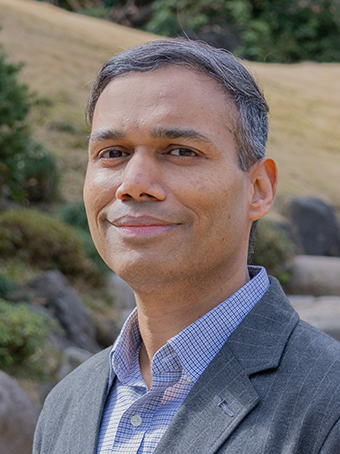

Visiting Research Fellow
Manish Sharma is an ex-investment banker, with over two decades of experience spanning academia, consulting, think tank and corporate finance. His academic journey includes research and teaching positions at renowned institutions including Jawaharlal Nehru University, University of Tokyo, London School of Economics, and Doshisha Business School. Currently, he is an associate professor of economics, at Hosei University in Tokyo. Until 2012, Dr. Sharma served as Director (M&A) in the Corporate Finance Department at Daiwa Capital Markets' Tokyo headquarters, providing strategic financial guidance to major corporations. He subsequently transitioned to full-time academia, bringing his extensive practical knowledge to universities across Asia. His other notable experiences include 13 years of radio newscasting with NHK World, and running an investment advisory. His teaching and research interests cover Indian/ASEAN markets, tech sector, corporate finance, investments, valuation, geoeconomics and day-trading. Dr. Sharma holds a Ph.D. in Financial Economics.
View Profile-
 Is China Guardian of the ‘Postwar International Order’?2025.12.17
Is China Guardian of the ‘Postwar International Order’?2025.12.17 -
 Japan-India Defense in a Fragmenting Indo-Pacific2025.12.10
Japan-India Defense in a Fragmenting Indo-Pacific2025.12.10 -
 The “Economic Security is National Security” Strategy2025.12.09
The “Economic Security is National Security” Strategy2025.12.09 -
 India - Japan: The Glimpse of a Shared Vision2025.12.05
India - Japan: The Glimpse of a Shared Vision2025.12.05 -
 Beijing’s ‘Globalist’ Agenda Under Trump 2.02025.12.01
Beijing’s ‘Globalist’ Agenda Under Trump 2.02025.12.01
 Event Report: The Trump Tariffs and Their Impact on the Japanese Economy2025.11.25
Event Report: The Trump Tariffs and Their Impact on the Japanese Economy2025.11.25 The “Economic Security is National Security” Strategy2025.12.09
The “Economic Security is National Security” Strategy2025.12.09 The Real Significance of Trump’s Asia Trip2025.11.14
The Real Significance of Trump’s Asia Trip2025.11.14 The long road to a South Korea-U.S. trade deal2025.11.26
The long road to a South Korea-U.S. trade deal2025.11.26 The Tyranny of Geography: Okinawa in the era of great power competition2024.02.09
The Tyranny of Geography: Okinawa in the era of great power competition2024.02.09


